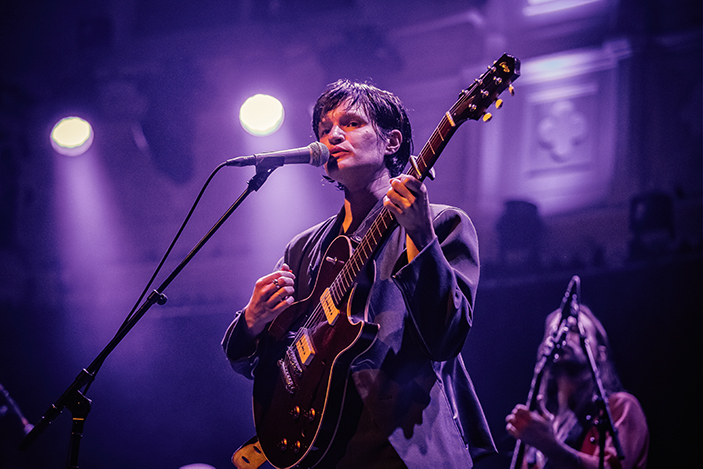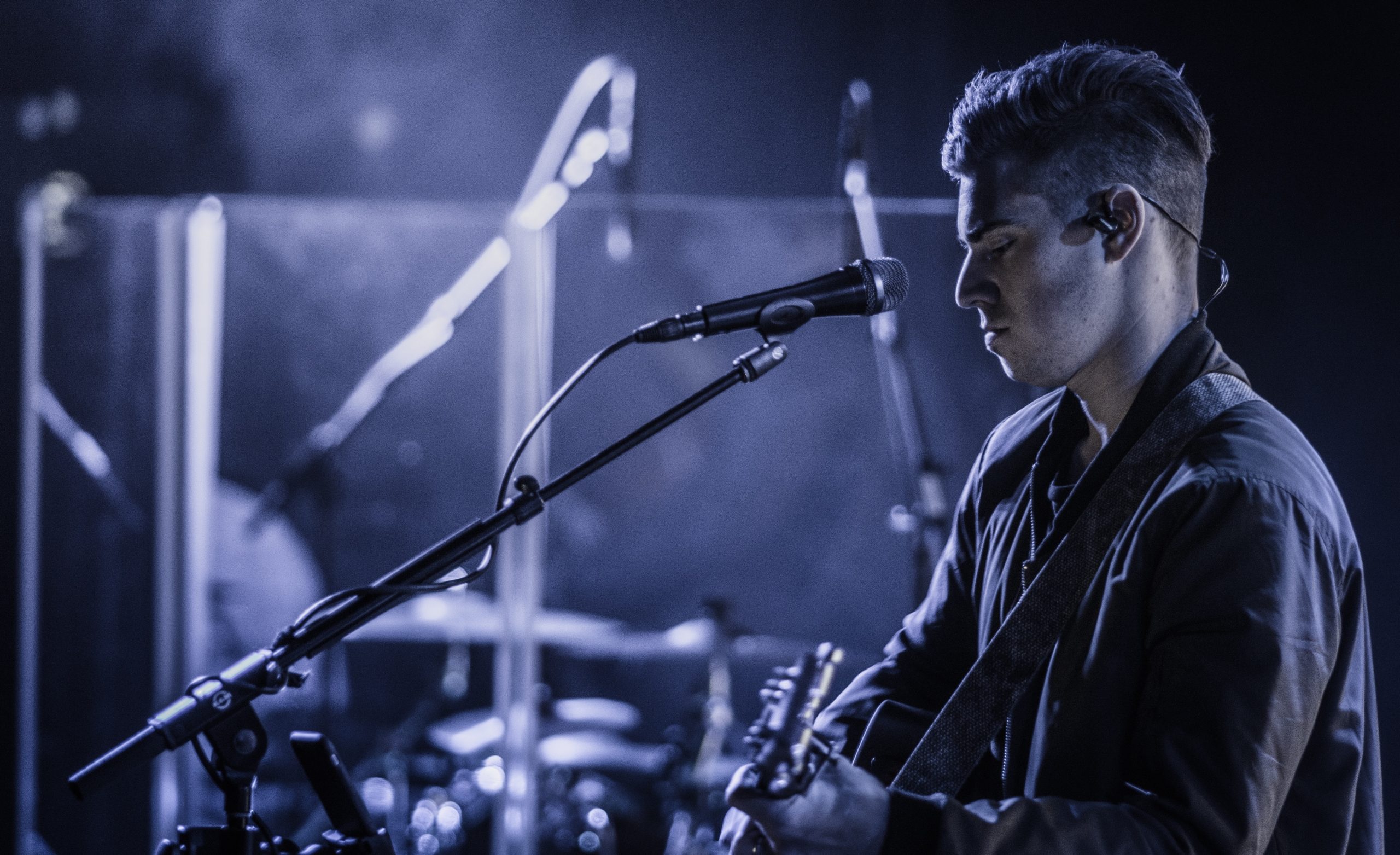What Does Taylor Swift Hear in Her In-Ear Monitors?
When it comes to live performances, the sound experience is pivotal, especially for iconic artists like Taylor Swift. A crucial part of her sound setup involves in-ear monitors. But what does Taylor Swift hear in her in-ear monitors during her electrifying performances? Understanding this not only heightens the appreciation of her artistry but also provides useful insights for professional photographers aiming to capture the perfect shot of such performances.
In ear monitors (IEMs) are crucial for musicians and can significantly enhance their live performances. They allow artists like Swift to hear themselves and their band members distinctly above the crowd noise. This article delves into the intricacies of what Taylor emits through her IEMs, and why any photographer should care about this aspect of live music.

Understanding In-Ear Monitors
In-ear monitors serve as a personal audio system for artists. Unlike traditional on-stage monitors, IEMs are less bulky and provide superior sound isolation. They can deliver not only music but also cues and directions important to the performer. Given this functionality, one might wonder what Taylor Swift specifically listens to through her in-ear monitors during her performances.
Artists typically hear a mix of the following elements:
- Vocals: Clear feedback from her own vocal performance enables Taylor to maintain pitch and flow throughout her set.
- Instrumentals: The bands instrumentals need to be balanced to complement her voice without overpowering it.
- Click Tracks: Many performers utilize a metronome-like click track to stay in sync with one another, essential in fast-paced songs.
- Cues from the Production Team: Communication from sound engineers and directors are crucial for real-time adjustments.

The Technology Behind In-Ear Monitors
Understanding the technology behind in-ear monitors can shed light on how they enhance a performer's experience. These devices consist of both transducers that convert electrical signals into sound and custom molds for fit and comfort. Taylor Swift, like many high-profile musicians, likely uses high-end monitoring systems that can custom-tune her auditory experience to perfection.
These specialized instruments do more than offer clarity; they improve overall vocal performance. Many artists, including Swift, rely on advanced sound systems to obtain precise audio levels.
The Role of In-Ear Monitors for Photographers
For professional photographers, capturing performances is often about timing and understanding the environment. Knowing what an artist hears can make you aware of their movement patterns and emotional feedback during songs. Here are some strategies for capturing the essence of performances while considering their audio setup:
- Monitor Their Performance: Pay close attention to how artists react to the sounds from their in-ear monitors. A swift change in their expression may be tied to adjustments they hear.
- Timing is Everything: Knowing when artists concentrate on their vocals versus instruments will guide your triggering of shots.
- Landscaping Sound: More sound means more energy! Capture moments when the crowd erupts in unity with the performance's music.

Training Your Ears: What Photographers Can Learn
While photographers primarily focus on visuals, an appreciation for sound can deeply enhance their work. Learning what Taylor Swift (or any artist) hears in her IEMs can inform your creative mindset. Consider these aspects:
- Harmony and Balance: The concept of balance isn't confined to audio; it applies to the photography framing and composition as well.
- Emotional Resonance: Understanding how sound affects performance can elevate the emotional depth in your captured images.
- Anticipation: Being aware of musical cues can enhance your anticipation and position yourself better for those perfect shots.

Insights from Taylor Swift's Mindset
What goes on behind the scenes provides important context. Taylor Swift is known for her deep connection with her music and her audience. Her in-ear monitors are designed to enhance this connection allowing her to convey emotions through her performance. For a photographer, understanding that connection can augment the narrative each photo tells.
Use of In-Ear Monitors in Backstage Environments
In the high-energy environment of concerts, it's not just the stage where the action happens. Backstage, in-ear monitors help streamline communication. Members of Swifts team can be alerted on what's happening on stage in real-time and adjust accordingly.
For photographers, having an insider's view into this communication can be crucial. A simple gesture from the crew can indicate a change in performance, informing you of the potential for captivating images.
What In-Ear Monitors Tell Us About Performance Quality
While it may seem irrelevant, the quality of sound musicians hear can greatly influence their performance. Swift's choice of IEMs often reflects how she wants her sound delivered to her audience. Knowing that quality is paramount can help photographers better understand the scale of her production. For in-depth insight on IEMs, check out this detailed guide.
Frequently Asked Questions
What do in-ear monitors do for artists?
In-ear monitors provide artists with a personalized audio mix of their vocal performance and instrumentals, allowing for high-quality sound while minimizing stage noise.
Do in-ear monitors help musicians connect with the audience?
Yes, by ensuring that musicians hear themselves and their band clearly, they can perform more confidently and engage better with their audience.
What technology is behind Taylor Swift's in-ear monitors?
Taylor Swift likely uses high-end IEM systems equipped with custom molds and advanced sound technology to ensure optimal performance conditions.
As an Amazon Associate, I earn from qualifying purchases.

